One of the remarkable outcomes of the first International Convention of Negro Peoples of the World hosted by the Universal Negro Improvement Association at Madison Square Gardens in August 1-31, 1920, was the adoption and signing of the “Declaration of the Rights of the Negro Peoples of the World.”
This groundbreaking document protested “the wrongs and injustices” against peoples of African descent and proposed a solution ‘to demand of all men in the future.”
25. We further demand free speech universally for all men.
27. We believe in the self-determination of all peoples.
28. We declare for the freedom of religious worship
These three rights in particular would eventually be recognized twenty-eight years later in the Universal Declaration of Human Rights, which would be ratified by the United Nations on December 10, 1948. It has now become cliché, but Garvey was indeed a man ahead of his times.
***
Drafted and adopted at Convention held in New York, 1920, over which Marcus Garvey presided as Chairman, and at which he was elected Provisional President of Africa.
Declaration of Rights of the Negro Peoples of the World
Preamble
Be it Resolved, That the Negro people of the world, through their chosen representatives in convention assembled in Liberty Hall, in the City of New York and United States of America, from August 1 to August 31, in the year of our Lord, one thousand nine hundred and twenty, protest against the wrongs and injustices they are suffering at the hands of their white brethren, and state what they deem their fair and just rights, as well as the treatment they propose to demand of all men in the future.
We complain:
I. That nowhere in the world, with few exceptions, are black men accorded equal treatment with white men, although in the same situation and circumstances, but, on the contrary, are discriminated against and denied the common rights due to human beings for no other reason than their race and color.
We are not willingly accepted as guests in the public hotels and inns of the world for no other reason than our race and color.
II. In certain parts of the United States of America our race is denied the right of public trial accorded to other races when accused of crime, but are lynched and burned by mobs, and such brutal and inhuman treatment is even practiced upon our women.
III. That European nations have parcelled out among themselves and taken possession of nearly all of the continent of Africa, and the natives are compelled to surrender their lands to aliens and are treated in most instances like slaves.
IV. In the southern portion of the United States of America, although citizens under the Federal Constitution, and in some states almost equal to the whites in population and are qualified land owners and taxpayers, we are, nevertheless, denied all voice in the making and administration of the laws and are taxed without representation by the state governments, and at the same time compelled to do military service in defense of the country.
V. On the public conveyances and common carriers in the Southern portion of the United States we are jim-crowed and compelled to accept separate and inferior accommodations and made to pay the same fare charged for first-class accommodations, and our families are often humiliated and insulted by drunken white men who habitually pass through the jim-crow cars going to the smoking car.
VI. The physicians of our race are denied the right to attend their patients while in the public hospitals of the cities and states where they reside in certain parts of the United States. Our children are forced to attend inferior separate schools for shorter terms than white children, and the public school funds are unequally divided between the white and colored schools.
VII. We are discriminated against and denied an equal chance to earn wages for the support of our families, and in many instances are refused admission into labor unions, and nearly everywhere are paid smaller wages than white men.
VIII. In Civil Service and departmental offices we are everywhere discriminated against and made to feel that to be a black man in Europe, America and the West Indies is equivalent to being an outcast and a leper among the races of men, no matter what the character and attainments of the black man may be.
IX. In the British and other West Indian Islands and colonies, Negroes are secretly and cunningly discriminated against, and denied those fuller rights in government to which white citizens are appointed, nominated and elected.
X. That our people in those parts are forced to work for lower wages than the average standard of white men and are kept in conditions repugnant to good civilized tastes and customs.
XI. That the many acts of injustice against members of our race before the courts of law in the respective islands and colonies are of such nature as to create disgust and disrespect for the white man's sense of justice.
XII. Against all such inhuman, unchristian and uncivilized treatment we here and now emphatically protest, and invoke the condemnation of all mankind. In order to encourage our race all over the world and to stimulate it to a higher and grander destiny, we demand and insist on the following Declaration of Rights:
1. Be it known to all men that whereas, all men are created equal and entitled to the rights of life, liberty and the pursuit of happiness, and because of this we, the duly elected representatives of the Negro peoples of the world, invoking the aid of the just and Almighty God do declare all men women and children of our blood throughout the world free citizens, and do claim them as free citizens of Africa, the Motherland of all Negroes.
2. That we believe in the supreme authority of our race in all things racial; that all things are created and given to man as a common possession; that there should be an equitable distribution and apportionment of all such things, and in consideration of the fact that as a race we are now deprived of those things that are morally and legally ours, we believe it right that all such things should be acquired and held by whatsoever means possible.
3. That we believe the Negro, like any other race, should be governed by the ethics of civilization, and, therefore, should not be deprived of any of those rights or privileges common to other human beings.
4. We declare that Negroes, wheresoever they form a community among themselves, should be given the right to elect their own representatives to represent them in legislatures, courts of law, or such institutions as may exercise control over that particular community.
5. We assert that the Negro is entitled to even-handed justice before all courts of law and equity in whatever country he may be found, and when this is denied him on account of his race or color such denial is an insult to the race as a while and should be resented by the entire boy of Negroes.
6. We declared it unfair and prejudicial to the rights of Negroes in communities where they exist in considerable numbers to be tried by a judge and jury composed entirely of an alien race, but in all such cases members of our race are entitled to representation on the jury.
7. We believe that any law or practice that tends to deprive any African of his land or the privileges of free citizenship within his country is unjust and immoral, and no native should respect any such law or practice.
8. We declare taxation without representation unjust and tyrannous, and there should be no obligation on the part of the Negro to obey the levy of a tax by an law-making body from which he is excluded and denied representation on account of his race and color.
9. We believe that any law especially directed against the Negro to his detriment and singling him out because of his race or color is unfair and immoral, and should not be respected.
10. We believe all men entitled to common human respect, and that our race should in no way tolerate any insults that may be interpreted to mean disrespect to our color.
11. We deprecate the use of the term "nigger" as applied to Negroes, and demand that the word "Negro" be written with a capital "N."
12. We believe that the Negro should adopt every means to protect himself against barbarous practices inflicted upon him because of color.
13. We believe in the freedom of Africa for the Negro people of the world, and by the principle of Europe for the Europeans and Asia for the Asiatics; we also demand Africa for the Africans at home and abroad.
14. We believe in the inherent right of the Negro to possess himself of Africa, and that his possession of same shall not be regarded as an infringement on any claim or purchase made by any race or nation.
15. We strongly condemn the cupidity of those nations of the world who, by open aggression or secret schemes, have seized the territories and inexhaustible natural wealth of Africa, and we place on record our most solemn determination to reclaim the treasures and possession of the vast continent of our forefathers.
16. We believe all men should live in peace one with the other, but when races and nations provoke the ire of other races and nations by attempting to infringe upon their rights, war becomes inevitable, and the attempt in any way to free one’s self or protect one’s rights or heritage becomes justifiable.
17. Whereas, the lynching, by burning, hanging or any other means, of human beings is a barbarous practice, and a shame and disgrace to civilization, we therefore declared any country guilty of such atrocities outside the pale of civilization.
18. We protest against the atrocious crime of whipping, flogging and overworking of the native tribes of Africa and Negroes everywhere. These are methods that should be abolished, and all means should be taken to prevent a continuance of such brutal practices.
19. We protest against the atrocious practice of shaving the heads of Africans, especially of African women or individual of Negro blood, when placed in prison as a punishment for crime by an alien race.
20. We protest against segregated districts, separate public conveyances, industrial discrimination, lynchings and limitations of political privileges of any Negro citizen in any part of the world on account of race, color, or creed, and will exert our full influence and power against all such.
21. We protest against any punishment inflicted upon a Negro with severity, as against lighter punishment inflicted upon another of an alien race for like offense, as an act of prejudice injustice, and should be resented by the entire race.
22. We protest against the system of education in any country where Negroes are denied the same privileges and advantages as other races.
23. We declare it inhuman and unfair to boycott Negroes from industries and labor in any part of the world.
24. We believe in the doctrine of the freedom of the press, and we therefore emphatically protest against the suppression Negro newspapers and periodicals in various parts of the world, and call upon Negroes everywhere to employ all available means to prevent such suppression.
25. We further demand free speech universally for all men.
26. We hereby protest against the publication of scandalous and inflammatory articles by an alien press tending to create racial strife and the exhibition of picture films showing the Negro as a cannibal.
27. We believe in the self-determination of all peoples.
28. We declare for the freedom religious worship.
29. With the help of Almighty God, we declare ourselves the protectors of the honor and virtue of our women and children, and pledge our lives for their protection and defense everywhere, and under all circumstances from wrongs and outrages.
30. We demand the right of unlimited and unprejudiced education for ourselves and our posterity forever.
31. We declare that the teaching in any school by alien teachers to our boys and girls, that the alien race is superior to the Negro race, is an insult to the Negro people of the world.
32. Where Negroes form a part of the citizenry of any country, and pass the civil service examination of such country, we declare them entitled to the same consideration as other citizens as to appointments in such civil service.
33. We vigorously protest against the increasingly unfair and unjust treatment accorded Negro travelers on land and sea by the agents and employees of railroad and steamship companies and insist that for equal fare we receive equal privileges with travelers of other races.
34. We declare it unjust for any country, State or nation to enact laws tending to hinder and obstruct the free immigration of Negroes on account of their race and color.
35. That the right of the Negro to travel unmolested throughout the world be not abridged by any person or persons, and all Negroes are called upon to give aid to a fellow Negro when thus molested.
36. We declare that all Negroes are entitled to the same right to travel over the world as other men.
37. We hereby demand that the governments of the world recognize our leader and his representatives chosen by the race to look after the welfare of our people under such governments.
38. We demand complete control of our social institutions without interference by any alien race or races.
39. That the colors, Red, Black and Green, be the colors of the Negro race.
40. Resolved, That the anthem "Ethiopia, Thou Land of Our Fathers," etc., shall be the anthem of the Negro race.
41. We believe that any limited liberty which deprives one of the complete rights and prerogatives of full citizenship is but a modified form of slavery.
42. We declare it an injustice to our people and a serious impediment to the health of the race to deny to competent licensed Negro physicians the right to practice in the public hospitals of the communities in which they reside, for no other reason than their race and color.
43. We call upon the various governments of the world to accept and acknowledge Negro representatives who shall be sent to the said governments to represent the general welfare of the Negro peoples of the world.
44. We deplore and protest against the practice of confining juvenile prisoners in prisons with adults, and we recommend that such youthful prisoners be taught gainful trades under humane supervision.
45. Be it further resolved, that we as a race of people declare the League of Nations null and void as far as the Negro is concerned, in that it seeks to deprive Negroes of their liberty.
46. We demand of all men to do unto us as we would do unto them, in the name of justice; and we cheerfully accord to all men all the rights we claim herein for ourselves.
47. We declare that no Negro shall engage himself in battle for an alien race without first obtaining the consent of the leader of the Negro people of the world, except in a matter of national self-defense.
48. We protest against the practice of drafting Negroes and sending them to war with alien forces without proper training, and demand in all cases that Negro soldiers be given the same training as the aliens.
49. We demand that instructions given Negro children in schools include the subject of "Negro History," to their benefit.
50. We demand a free and unfettered commercial intercourse with all the Negro people of the world.
51. We declare for the absolute freedom of the seas for all peoples.
52. We demand that our duly accredited representatives be given proper recognition in all leagues, conferences, conventions or courts of international arbitration wherever human rights are discussed.
53. We proclaim the 31st day of August of each year to be an international holiday to be observed by all Negroes.
54. We want all men to know we shall maintain and contend for the freedom and equality of every man, woman and child of our race, with our lives, our fortunes and our sacred honor.
These rights we believe to be justly ours and proper for the protection of the Negro race at large, and because of this belief we, on behalf of the four hundred million Negroes of the world, do pledge herein the sacred blood of the race in defense, and we hereby subscribe our names as a guarantee of the truthfulness and faithfulness hereof in the presence of Almighty God, on the 13th day of August, in the year of our Lord one thousand nine hundred and twenty.
Marcus Garvey, James D. Brooks, James W. H. Eason, Henrietta Vinton Davis, Lionel Winston Greenidge, Adrion Fitzroy Johnson, Rudolph Ethelbert Brissaac Smith, Charles Augustus Petioni, Thomas H. N. Simon, Richard Hilton Tobitt, George Alexander McGuire, Peter Edward Baston, Reynold R. Felix, Harry Walters Kirby, Sarah Branch, Marie Barrier Houston, George L. O'Brien, F.O. Ogilvie, Arden A. Bryan, Benjamin Dyett, Marie Duchaterlier, John Phillip Hodge, Theophilus H. Saunders, Wilford H. Smith, Gabriel E. Stewart, Arnold Josiah Ford, Lee Crawford, William McCartney, Adina Clem. James, William Musgrave La Motte, John Sydney de Bourg, Arnold S. Cunning, Vernal J. Williams, Frances Wilcome Ellegor, J. Frederick Selkridge, Innis Abel Horsford, Cyril A. Crichlow, Samuel McIntyre, John Thomas Wilkins, Mary Thurston, John G. Befue, William Ware, J. A. Lewis, O. C. Thurston, Venture R. Hamilton, R. H. Hodge, Edward Alfred Taylor, Ellen Wilson, G.W. Wilson, Richard Edward Riley, Nellie Grant Whiting, G. W. Washington, Maldena Miller, Gertrude Davis, James D. Williams, Emily Christmas Kinch, D. D. Lewis, Nettie Clayton, Partheria Hills, Janie Jenkins, John C. Simons, Alphonso A. Jones, Allen Hobbs, Reynold Fitzgerald Austin, James Benjamin Yearwood, Frank O. Raines, Shedrick Williams, John Edward Ivey, Frederick August Toote, Philip Hemmings, F. F. Smith, E. J. Jones, Joseph Josiah Cranston, Frederick Samuel Ricketts, Dugald Augustus Wade, E. E. Nelom, Florida Jenkins, Napoleon J. Francis, Joseph D. Gibson, J. P. Jasper, J. W. Montgomery, David Benjamin, J. Gordon, Harry E. Ford, Carrie M. Ashford, Andrew N. Willis, Lucy Sands, Louise Woodson, George D. Creese, W. A. Wallace, Thomas E. Bagley, James Young, Prince Alfred McConney, John E. Hudson, William Ines, Harry R. Watkins, C.L. Halton, J. T. Bailey, Ira Joseph Touissant Wright, T. H. Golden, Abraham Benjamin Thomas, Richard C. Noble, Walter Green, C. S. Bourne, G. F. Bennett, B. D. Levy, Mary E. Johnson, Lionel Antonio Francis, Carl Roper, E. R. Donawa, Philip Van Putten, I. Brathwaite, Jesse W. Luck, Oliver Kaye, J. W. Hudspeth, C. B. Lovell, William C. Matthews, A. Williams, Ratford E. M. Jack, H. Vinton Plummer, Randolph Phillips, A. I. Bailey, duly elected representatives of the Negro people of the world.
Sworn before me this 15th day of August, 1920.
[Legal Seal] JOHN G. BAYNE.
Notary Public, New York County.
New York County Clerk's No. 378; New York County Register's No. 12102. Commission expires March 30, 1922.
Excerpt from Amy Jacques-Garvey, ed. Philosophy & Opinions of Marcus Garvey. New York: Athenaeum, 1969
***
The Coalition for the Exoneration of Marcus Garvey is petitioning Senator Bill Nelson, Representative Frederica Wilson, and the Congress of the United States of America for the exoneration of Marcus Garvey:
http://www.causes.com/actions/1722148-urge-congress-to-exonerate-civil-rights-leader-marcus-garvey 











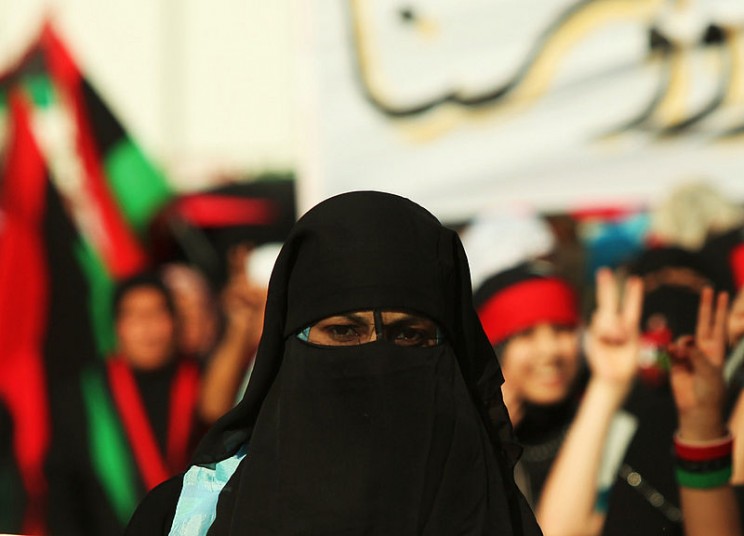

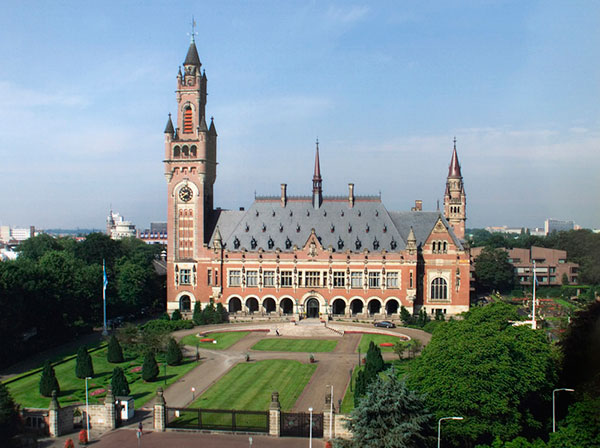
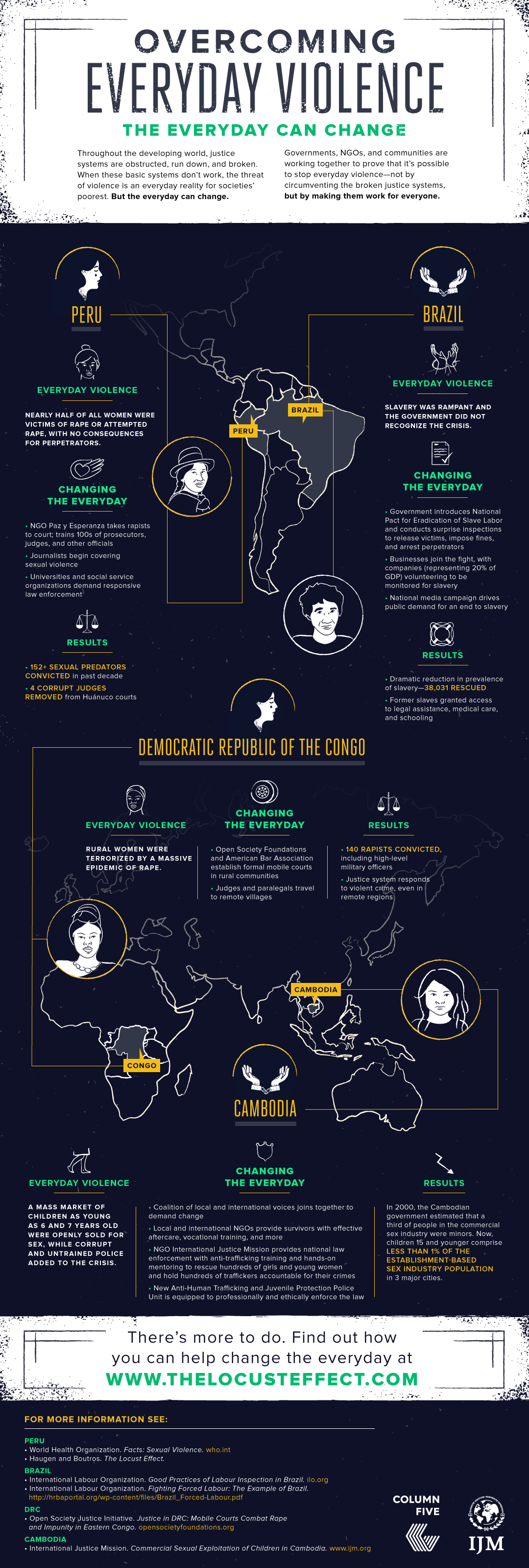
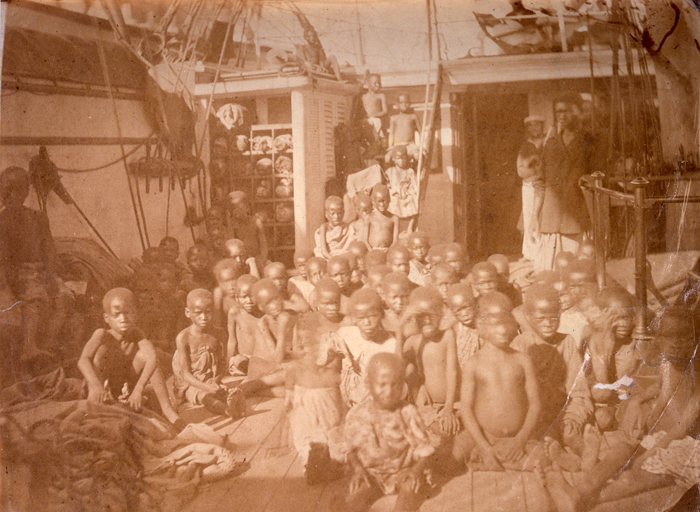
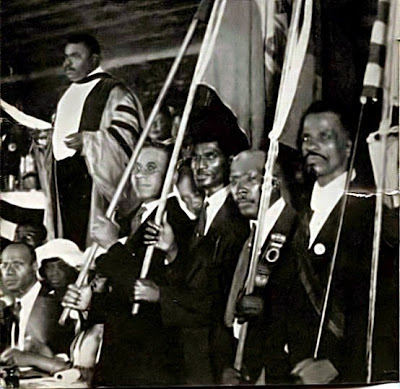



yesterday was a BIG DAY for Germany, too! at breakfast my husband was so sad that Germany only had a bronze so far. I said WAIT, today are equestrian events - and - lo and behold, 2 golds! more to come with dressage,i´m sure. Not to mention the marvelous gold for our kajaker from Augsburg. Lucky me, I get to cheer for two countries! Go USA!
I cheer for everybody, actually.
When I saw the opening ceremonies i though, just MAYBE this will be a turning point in Chinese history...when millions (billions?) of Chinese witness their magnificent history and become curious to delve beyond...into their own great taoistic religious tradition which would bring peace and respect for all living beings on this planet.
I can hope, can´t I? Every 7th human being is a Chinese peasant...
think about that!
THanks for your commentary Mary, I´m right with you!
Great comment, kimberly. I cheer for everyone, too. Even watching the women's gymnastics last night, I simply couldn't wish mistakes on the Chinese team.
Someone told me the other day that they're boycotting the Olympics because of China's human rights record. I certainly respect that.
I have a different pov, however. This "grand stage" may work to change that. At the very least, it will expose them to the world.
I LOVE the Olympics and have been watching the swimming and gynastics. I've always loved the gynmastics events. In fact I remember when I was a kid, after watching the gymnists, we'd head out to the back yard and work on our cartwheels. Surely we were destined for greatness.
The swimming events are a new love for me. I never really got "into" those prior to my daughter joining the swim team this summer. Now I have quite an appreciation for the sport. How anyone can do a butterfly is beyond me. Amazing to watch.
AND one more comment about why I love the Olympics.
Bret Favre.
Being from Wisconsin, one can not avoid the whole Bret Favre drama. Quite honestly I was disgusted by the whole thing.
The Olympics remind me of what is good and pure about sports and competition.
Later!
Dee/Word
Just as Tiger pulled thousands of kids into golf, Michael Phelps is adding thousands to swim clubs all over the country!
Could we have found a solution to childhood obesity? Let's hope it lasts.
My thoughts exactly about Favre. He shoulda stayed retired!
Thanks for your post, word!